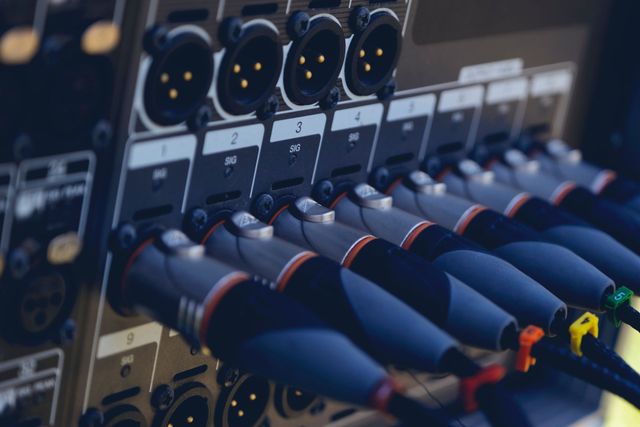Ideal Strategies for Placing Security Cameras to Improve Surveillance Efficacy
Ideal Strategies for Placing Security Cameras to Improve Surveillance Efficacy
Blog Article

Placing surveillance cameras effectively is essential for improving surveillance across different environments, including homes, commercial properties, and community spaces. The main goal of security systems is to discourage crime while also provide proof in instances of incidents. To attain this, it is essential to take into account several elements, including surveillance camera placement, range of view, as well as the specific zones that require oversight. By understanding these elements, individuals as well as organizations can develop a comprehensive monitoring strategy that optimizes the effectiveness of their surveillance solutions.
One of the first actions in positioning surveillance cameras involves to identify critical areas that require surveillance. Vulnerable zones, such as entry points, exits, vehicle lots, as well as areas with high-value items, should be given priority. It is crucial to consider areas not visible, that are locations that may not be seen from certain perspectives. By charting out these critical areas, security staff can guarantee that every nook is observed, minimizing the chances of illegal activity going unnoticed. Additionally, placing surveillance systems at key points can assist create a comprehensive perspective of the premises, enabling for improved overall surveillance monitoring.
The field of a surveillance camera remains another important factor to take into account. Different kinds of surveillance systems offer different ranges of view, that can affect how many space is recorded in the video. For instance, broad-view cameras can cover bigger spaces, making them perfect for open areas, whereas pan-tilt-zoom cameras can be adjusted to concentrate on particular details. When placing surveillance systems, it is important to select the appropriate type based on the area being observed. This ensures that the system can capture sharp footage and provide valuable information in case of an occurrence.
Height and tilt of mounting also have a significant role in the effectiveness of security systems. Surveillance systems must be installed at a height that is out of reach of possible interference but still allows for clear visibility of identifying features and additional recognizable features. A common this post recommendation is to install cameras at least eight to 10 feet off the ground. Additionally, the angle at which the system is set can impact its ability to capture crucial information. Surveillance systems should be tilted to reduce glare and avoid obstructions, guaranteeing that they can capture clear footage at any moments.
In conclusion, routine maintenance and updates to the surveillance system is essential for long-term effectiveness. This includes inspecting system performance, cleaning lenses, as well as making sure that firmware is up to date. Frequent evaluations of the surveillance strategy can help identify any additional areas not visible or areas that may need extra coverage. By staying proactive and implementing required adjustments, people as well as organizations can enhance their monitoring efficacy and ensure that their security solutions continue to serve their designated function.